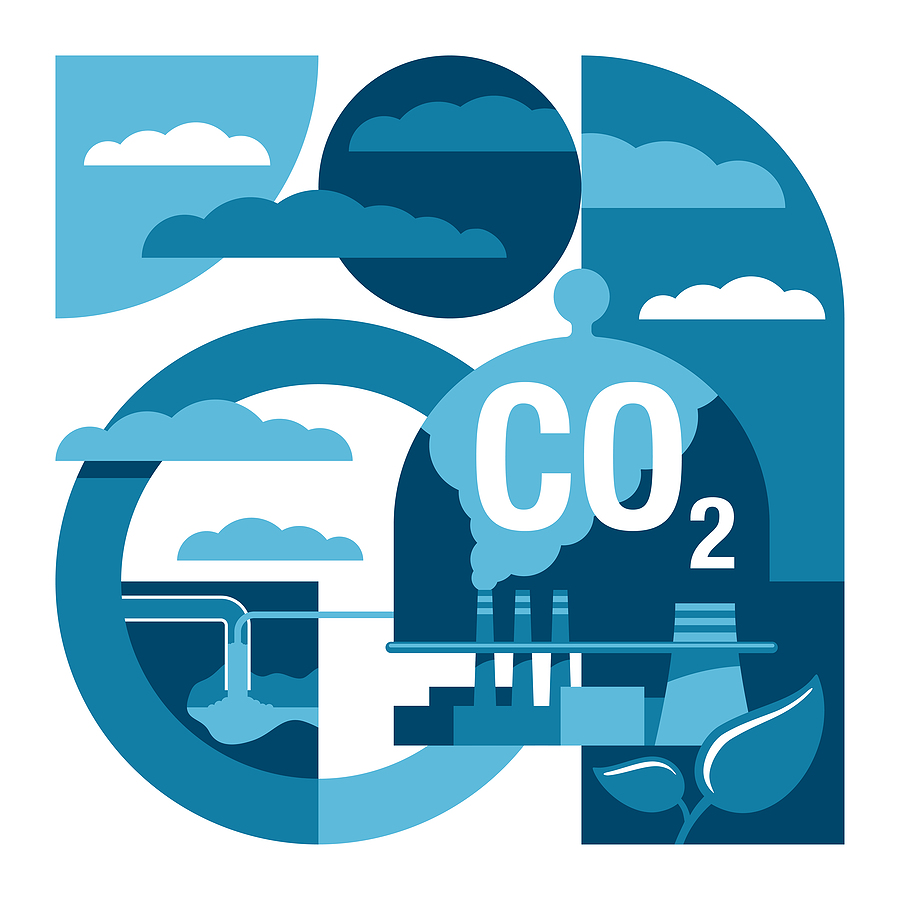Pennsylvania may soon begin capturing and sequestering carbon underground with the passage of a measure that one Republican senator calls a “pragmatic solution” to address climate change concerns without interfering with economic activity. Senate Bill 831 seeks to “provide [e] for the injection of carbon dioxide into an underground reservoir for the purpose of carbon […]

